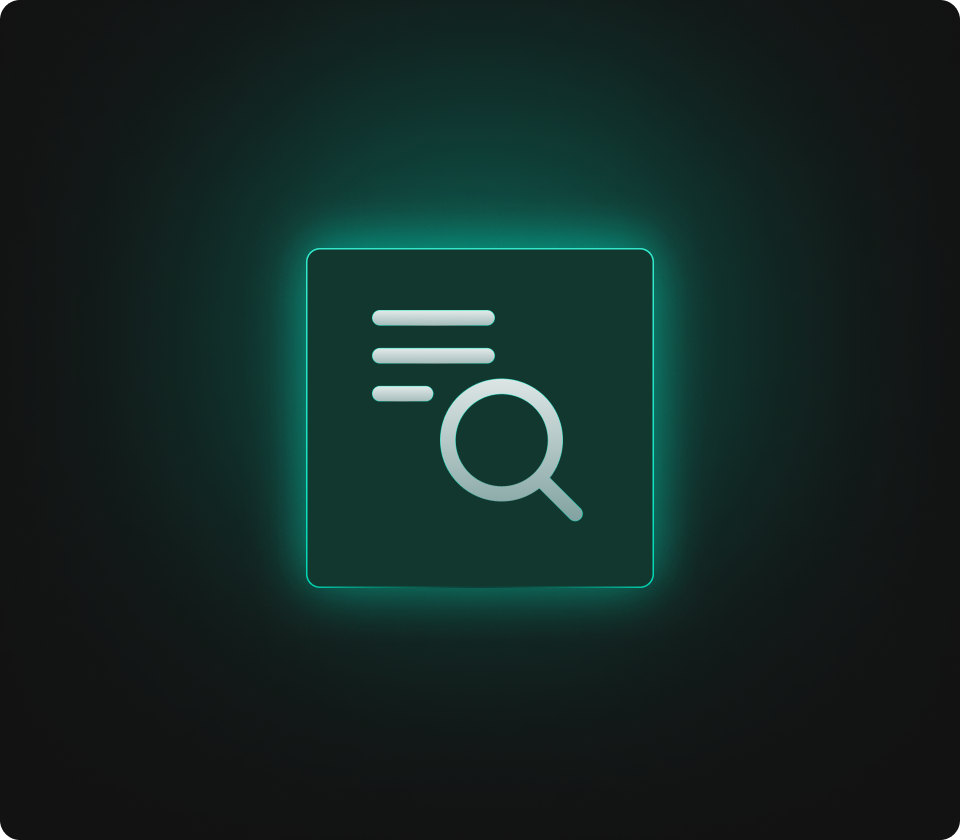Read time: 3 minutes
Does the Flowity solution integrate with all ERPs (SAP, Cegid, Oracle, SAGE, Odoo, etc.) + other setup?

Answer:
The solution is available in French, English, Spanish and Russian
Flowlity is an all-in-one solution covering all Supply Chain planning needs, from forecasting to operational, with the help of artificial intelligence.
Among its main features are:
- Demand planning: Flowlity generates reliable sales forecasts by leveraging your historical and external data. Its probabilistic forecast algorithm produces several scenarios and identifies the most likely one, also providing a confidence interval to visualize uncertainty. This helps you anticipate demand more accurately than with traditional methods.
- Inventory optimization: The solution recommends optimal stock levels (safety stock, minimum/maximum stock) for each item and each location. Taking into account variations in demand and supplier lead times, Flowlity calculates dynamic replenishment thresholds. Intelligent alerts alert you to imminent stockouts or overstocks, so you can act proactively.
- Supply Planning: Flowlity develops replenishment proposals for your warehouses or stores, synchronizing upstream and downstream. You view suggested orders to suppliers or recommended production orders, adjusted according to constraints (e.g. MOQ – minimum purchase quantities, lead times, capacities). The planning engine aims to ensure product availability up to +50% higher by avoiding shortages while reducing excess stock.
- Production Planning: For manufacturers, Flowlity allows you to build an optimal production plan taking into account capacity constraints. The tool can integrate bills of materials (BOM) and calculate net component requirements. It helps determine where to position buffer stocks on multi-level chains to maximize OTD (On Time Delivery) and make existing MRP more reliable.
- S&OP and reporting: As mentioned, Flowlity offers real-time monitoring dashboards and key indicators (KPIs) for supply chain management. These reports help align departments during S&OP and make data-driven decisions thanks to global visibility of the situation (stock coverage, shortage projection under different scenarios, etc.).
- Supplier-customer collaboration: Flowlity offers a collaborative space to share forecasts, needs and order confirmations with your partners. This streamlines communication and reduces uncertainty throughout the supply chain.
- Contingency management and resilience: Thanks to AI, Flowlity detects disruption signals early (abnormal demands, announced delays) and suggests corrective actions (for example, bringing forward a supplier order or repositioning stock from one site to another). This intelligent automation helps teams navigate uncertainty and make the supply chain more resilient to unforeseen events.
In summary, Flowlity stands out for its algorithmic power (probabilistic forecasts, multi-echelon optimization) and its ease of use.
It automates up to 95% of planning activities while letting the planner keep control of important decisions. Supply Chain managers appreciate this approach which combines time savings (reduced manual tasks) and better performance (stock reduced by up to -60% in some cases while improving the service rate). (For more details on each module, we can provide you with a dedicated presentation – do not hesitate to contact us to find out more.)
Tech
- AI is a set of algorithmic systems capable of learning from data and making decisions or recommendations.
- In the context of the supply chain, the paradigm of good inventory management is crucial to avoid overstocks, stockouts, and maintain an optimal level of service. This is why our research teams have developed our own AI, which allows us to address the following topics: Probabilistic demand forecasts Optimized recommendations based on estimation and reasoning around the chosen risks Processing data in a contextual manner Recommendation of similar products Dynamic pricing
- The data used to predict future stocks is of two types. We use internal company data since the Flowlity solution integrates with an ERP, as well as external data (weather, economic data, etc.)
Other FAQs:
.svg)


